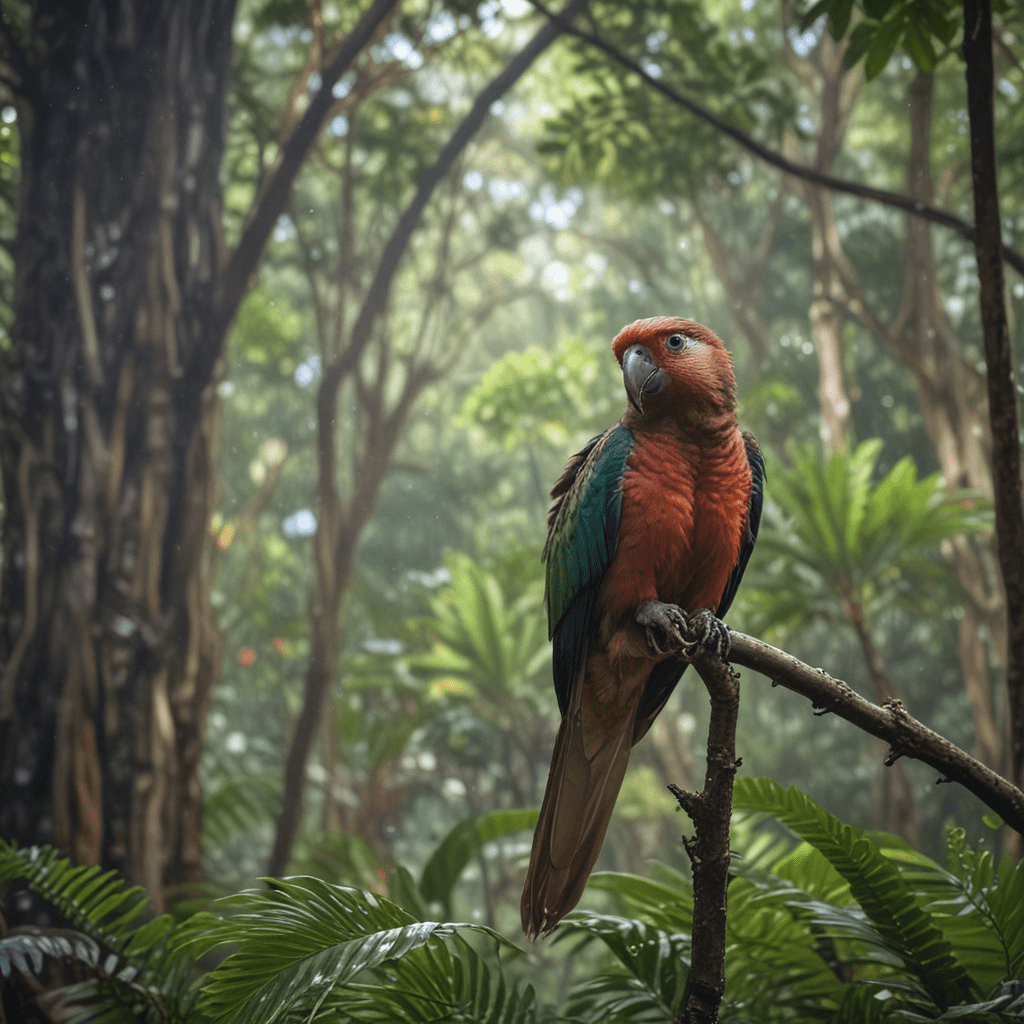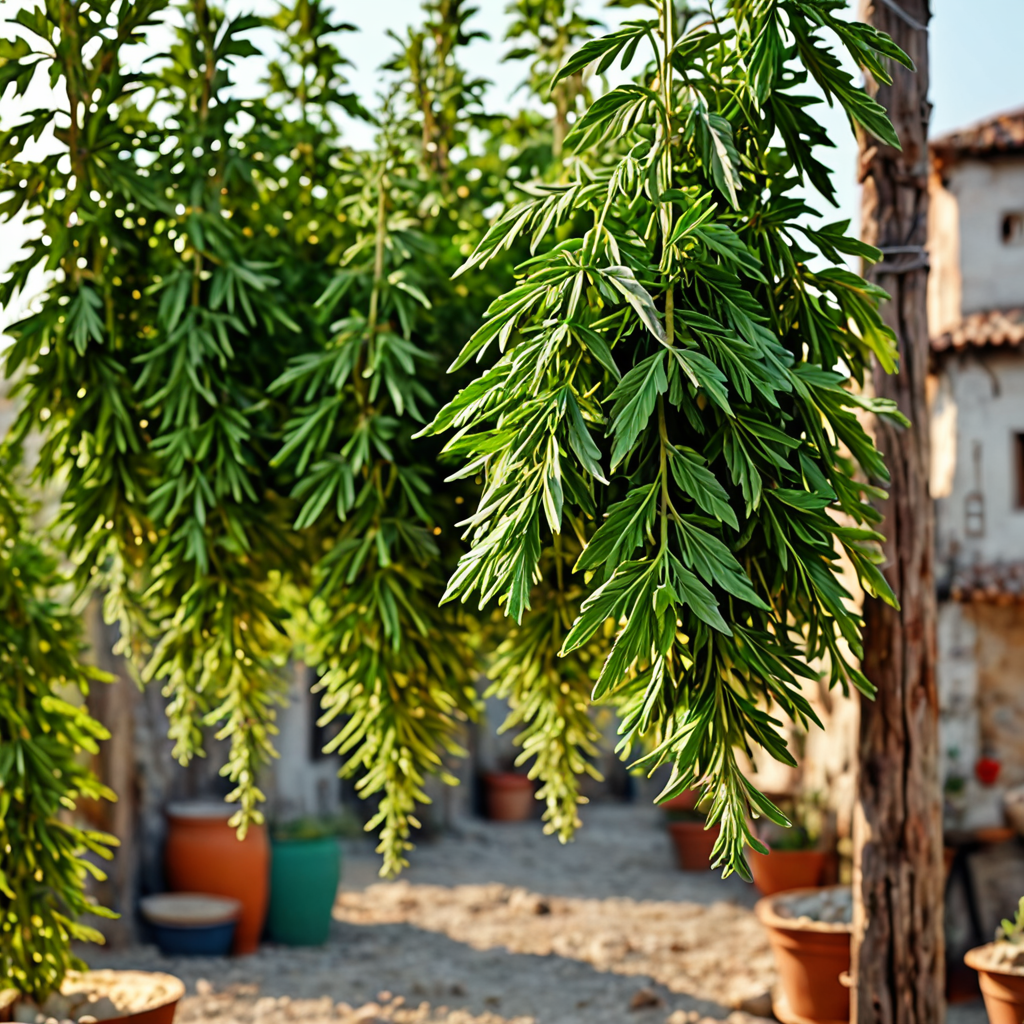Introduction: A Gateway to Nature's Sanctuary
Nestled in the heart of the UNESCO World Heritage-listed Wet Tropics of Queensland, the Daintree Rainforest is a pristine wilderness renowned for its exceptional biodiversity. As the oldest surviving tropical rainforest on Earth, it has evolved to support a remarkable array of wildlife, many of which are found nowhere else in the world. This verdant sanctuary beckons nature enthusiasts and adventure seekers alike, offering an unforgettable opportunity to immerse themselves in the wonders of the natural world.
The Endemic Splendor: Species Unique to the Daintree
The Daintree Rainforest is home to a myriad of endemic species, meaning they are found exclusively within its boundaries. These include the critically endangered Cassowary, a flightless bird that is the heaviest in Australia. With its striking plumage and distinctive casque, it commands respect as an iconic symbol of the rainforest. The tiny Atherton Scrub Snail is another endemic treasure, a land snail that lives among the moist leaf litter of the forest floor. Its intricate shell showcases the beauty of even the smallest creatures.
Birdwatching Paradise: A Symphony of Wings and Melodies
The Daintree Rainforest is an ornithologist's delight, harboring over 400 species of birds. Visitors can marvel at the flamboyant eclectus parrot, with its emerald-green male and scarlet-red female. The elusive Victoria's Riflebird enchants with its spectacular courtship display, where the male puffs out its emerald chest patch to attract a mate. With its vibrant chorus of bird calls, the Daintree Rainforest is a symphony of nature, inviting birdwatchers to experience the magic of avian diversity.
Reptilian Encounters: Ancient Giants and Agile Predators
Reptiles thrive in the warm and humid conditions of the Daintree Rainforest. Among the most impressive is the Saltwater Crocodile, a fearsome predator that patrols the rivers and estuaries. Visitors can also encounter the prehistoric-looking Australian Lungfish, a curious fish with lung-like structures that allow it to breathe air. The Daintree Rainforest is home to a variety of skinks, snakes, and goannas, each playing a vital role in the rainforest ecosystem.
Marsupial Marvels: Gliding Possums and Tree-Kangaroos
Marsupials, mammals that raise their young in pouches, are a defining feature of the Australian landscape. The Daintree Rainforest is home to several unique marsupial species, including the Yellow-bellied Glider. This remarkable creature possesses a gliding membrane that allows it to soar through the trees. The endangered Lumholtz's Tree-kangaroo is another fascinating marsupial, adapted to life in the rainforest canopy with its long, muscular limbs and prehensile tail.
The Elusive Platypus: A Monotreme Mystery
The Daintree Rainforest is home to one of the most enigmatic creatures on Earth: the platypus. This semi-aquatic mammal is a monotreme, meaning it lays eggs like a reptile but nurses its young with milk like a mammal. The platypus has a unique duck-like bill and webbed feet, and is known for its exceptional swimming and diving abilities. Encountering this extraordinary animal in its natural habitat is a truly unforgettable experience.
Insect Extravaganza: Tiny Creatures with a Big Impact
The Daintree Rainforest is teeming with insects, playing a vital role in the ecosystem as pollinators, decomposers, and food sources for larger animals. Visitors can marvel at the iridescent beauty of dragonflies, the intricate patterns on butterflies, and the quirky antics of stick insects. The rainforest is home to over 12,000 insect species, ensuring a vibrant and diverse insect community that adds a touch of magic to the rainforest experience.
Amphibian Abundance: Frogs, Toads, and a Touch of Magic
The Daintree Rainforest provides a haven for amphibians, including frogs, toads, and salamanders. Frogs can be heard calling throughout the rainforest, creating a chorus of melodies that fills the air, especially during the wet season. Visitors may encounter the tiny Green Tree Frog, which changes color to blend in with its surroundings, or the Giant Barred Frog, which is one of the largest frogs in Australia. The Daintree Rainforest is a true amphibian paradise, showcasing the diversity and beauty of these fascinating creatures.
Conservation Challenges: Protecting the Rainforest's Treasures
The Daintree Rainforest faces significant conservation challenges, including habitat loss, climate change, and pollution. Conservation efforts are ongoing to protect this precious ecosystem and its unique wildlife. Visitors can support conservation initiatives by choosing ecotourism operators, reducing their environmental impact, and advocating for rainforest protection. By working together, we can ensure that the Daintree Rainforest remains a sanctuary for wildlife and a source of wonder for generations to come.
Conclusion: An Unforgettable Wildlife Experience
Discovering the unique wildlife of the Daintree Rainforest is an experience that will stay with you forever. From the majestic Cassowary to the elusive platypus, from the vibrant birdlife to the fascinating insects, the rainforest is a living tapestry of biodiversity. Whether you are a nature enthusiast, an adventure seeker, or simply a lover of the great outdoors, the Daintree Rainforest promises an unforgettable encounter with the wonders of the natural world.
FAQ
- What is the best time to visit the Daintree Rainforest for wildlife viewing?
The wet season (November to April) is generally the best time for wildlife viewing, as the abundant rainfall attracts migratory birds and other animals. However, the rainforest is beautiful and teeming with wildlife throughout the year.
- Are there any guided tours available?
Yes, there are a variety of guided tours available, ranging from short nature walks to overnight expeditions. Guided tours offer an excellent way to learn about the rainforest's wildlife and ecosystem from experienced local guides.
- Can I swim in the Daintree Rainforest?
Swimming is not permitted in the Daintree Rainforest, as it is home to saltwater crocodiles and other potentially dangerous wildlife. However, there are designated swimming areas in nearby rivers and creeks where you can enjoy a refreshing dip.



